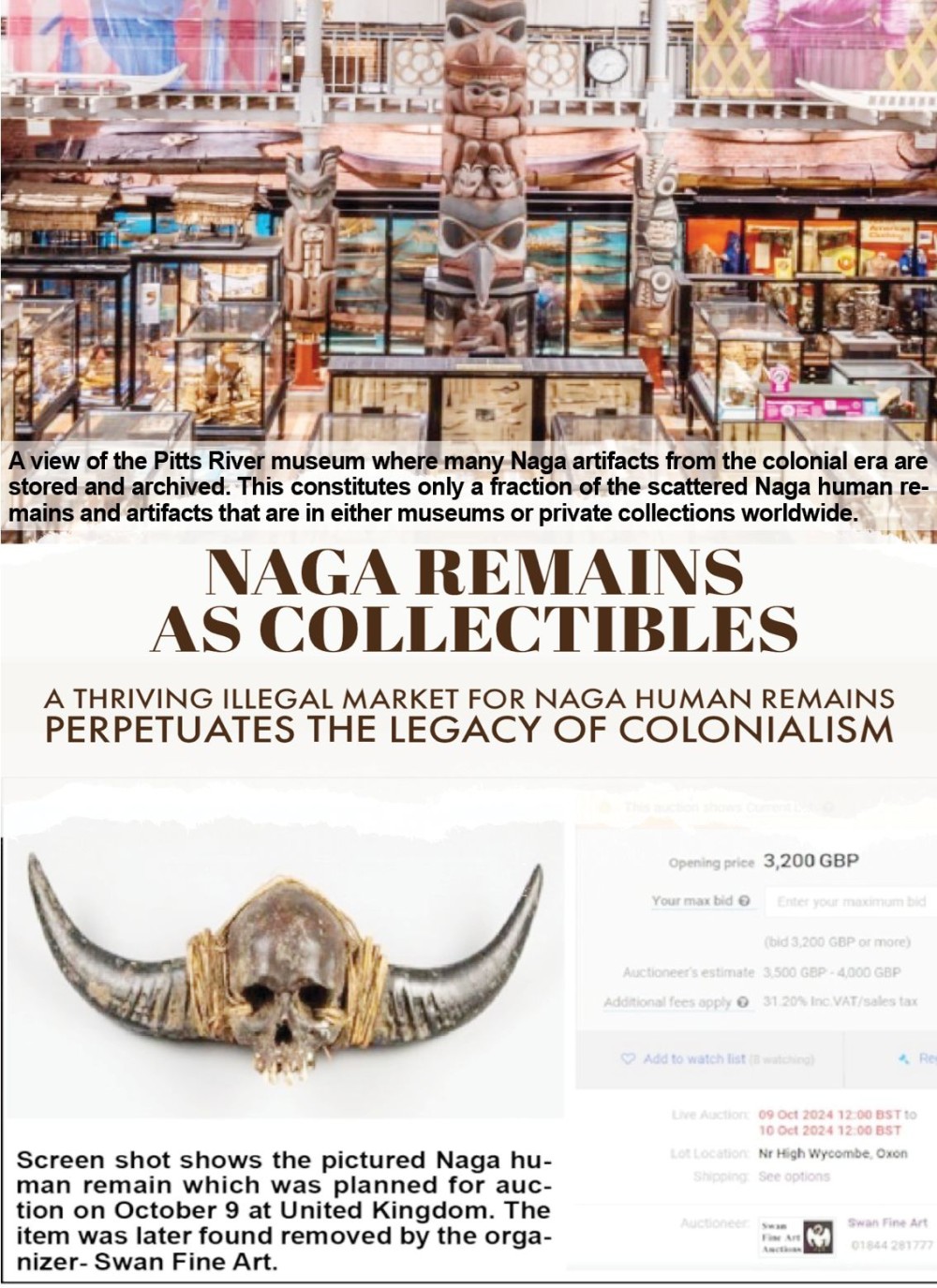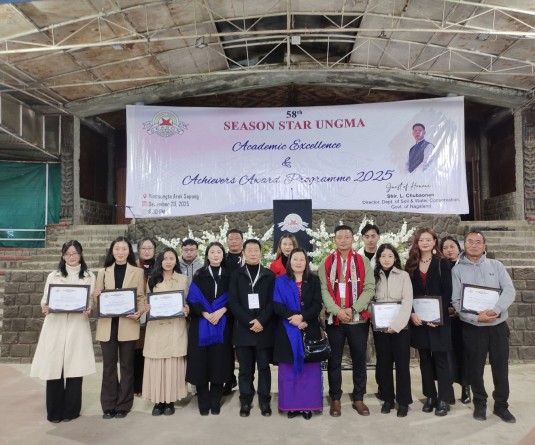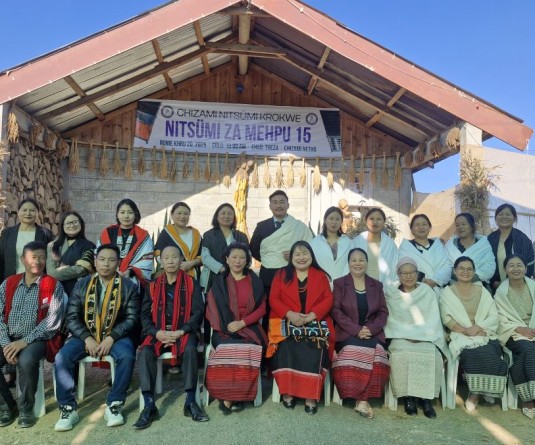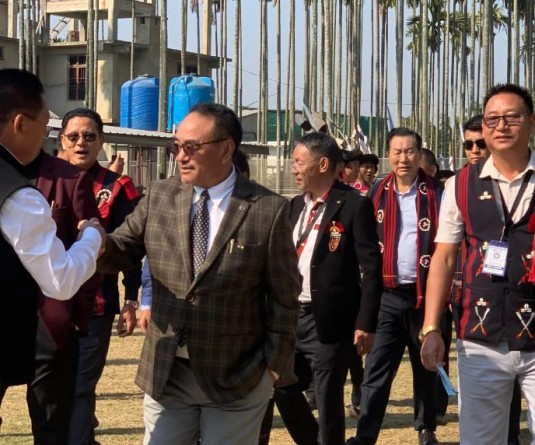
Morung Express News
Dimapur | October 25
Most Naga human remains in the hands of private collectors are purported to be decorated skulls, according to Professor Dolly Kikon. No one is sure about the numbers but there is a pattern where a number of them keep surfacing in private auctions across the world, she said further. The recently publicized planned-auction of a 19th Century Naga horned-skull in the United Kingdom (UK) was one such item.
First brought to public attention by the Forum for Naga Reconciliation (FNR) on October 8, the skull was subsequently withdrawn for sale by the auction house, Swan Fine Art (SFA) after receiving widespread backlash. Later on, many of the other human remains were taken down as well including those from Africa, Papua New Guinea, Hawaii and South America.
Kikon currently a Professor at the Department of Anthropology and Director, Centre for South
Asian Studies, University of California told The Morung Express that like all items at the auction that have not been sold, the Naga human remain would be returned to its collector. In this case, the auction catalogue showed that a European has ownership of the Naga decorated skull.
According to Rev Dr Wati Aier, Convenor of FNR the forum is currently looking into the matter and following up on its whereabouts. In his view, the practice of auctioning human remains especially from the colonial era is dehumanizing and outright disrespectful.
For the Naga people, it reopens psychological and cultural wounds passed down through generational trauma, resulting from historical events of colonialism and forced rule, he said.
Members of FNR, along with the Recover, Restore and Decolonize (RRaD) team are in the process of repatriating back about 213 human remains to the Naga homeland from the Pitt Rivers Museum in the UK. Rev Aier stated that the forum and RRaD have been engaging with about seven cultural groups (tribes) from Nagaland on how to take the repatriation process forward.
Professor Kikon asserted the existence of a thriving illegal market for human remains and “the
Naga horned-skull will be back in circulation sooner or later for sale again.” This is where the voices of the Naga people and advocacy to stop the trade in human remains must continue.
As to an estimate of other similar unidentified items currently in private hands, she said, “No one is sure about the numbers but there is a pattern where a number of them keep surfacing in private auctions across the world.” Explaining further that collectors of human remains do not keep a single item for long, “they keep exchanging and collecting them for newer items.”
“Similar to how an individual/enthusiast would collect rare or valuable comic books and other items of worth, “the obsession to get new items for entertainment is key,” she said.
Making a fervent appeal for moral conscience and ethics, she stressed that, “Indigenous peoples’ ancestral remains must not be subjected to such de-humanization.” For which it require international laws and specifically the laws in the UK to stop the trade in human remains.
Under current UK laws, the trade and sale of human body parts remain lax in nature so long as they are ‘antique’ in nature, ‘legally acquired through a license’ or aren’t used for transplants. This is overseen by the Human Tissue Act, 2004.
Nevertheless, Kikon among others remain optimistic that the current issue has brought forth much needed awareness and attention. “It was the collective trust and the spirit of the Naga people that gave us the confidence to join forces with an alliance of international Indigenous communities and our allies stop the auction,” she noted. Further reminding the people that, “the Naga repatriation story is a Naga story. We must all focus on the next step and work together.”
At the moment, many Nagas remain oblivious to the repatriation process, said Rev Aier. “Repatriation may seem insignificant but it will play a significant role in the postmodern imagination that Nagas seek to realize by constructing fitting political forms and social cohesion,” he added.
To this end, she stressed the need to make a collective effort, especially among the young people toward taking back authority and ownership of one’s own history, culture and society. In her understanding, Nagas still continues to rely heavily on the ‘White man’s’ perspective.’
As an educator and a professor, she remarked that Naga people aspire to be educated, become global leaders and obtain foreign degrees, so they need to step up and not be complacent on crucial matters like repatriation, healing, and reconciliation. “Our ancestors have been strung on museums for entertainment. They continue to be bought and sold as collectibles. We need to make a conscious principled stand to oppose such practices that de-humanise us” she stressed.






